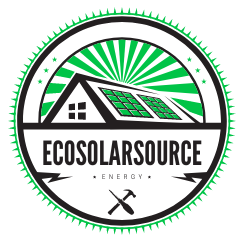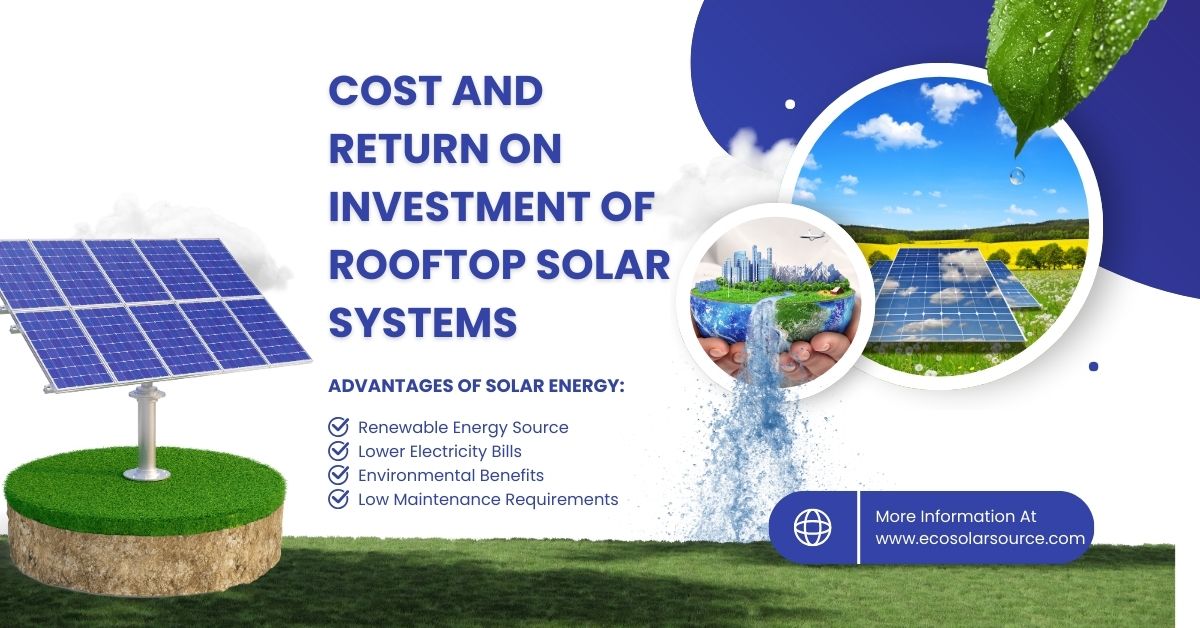Cost and Return on Investment of Rooftop Solar Systems
Know the details about the Cost and Return on Investment of Rooftop Solar Systems, Rooftop solar systems represent a substantial upfront investment but offer long-term cost savings and an attractive return on investment (ROI). Installation costs depend on factors like system size, location, and available incentives, but federal and state tax credits can significantly reduce initial expenses.
Monthly savings on electricity bills can quickly add up, offsetting costs over time and typically leading to a break-even point within 5 to 10 years. The ROI for rooftop solar often exceeds traditional investments due to consistent energy savings, protection against rising utility rates, and increased property value, making it a compelling financial choice for homeowners.
Table of Contents
Cost and Return on Investment of Rooftop Solar Systems
As the world continues to shift toward sustainable energy solutions, rooftop solar systems have gained tremendous popularity among homeowners and businesses alike. This surge in adoption is driven by environmental concerns, financial benefits, and the increasing affordability of solar energy technologies. However, before investing in a rooftop solar system, it’s essential to understand the costs involved and how they translate into long-term returns on investment (ROI). This comprehensive guide will explore both the upfront costs and the financial savings associated with rooftop solar systems, including important factors influencing the ROI.
Introduction to Rooftop Solar Systems
Rooftop solar systems refer to photovoltaic (PV) panels installed on the roofs of residential, commercial, or industrial buildings. These systems convert sunlight into electricity, allowing property owners to generate their power, reduce their reliance on the electrical grid, and decrease electricity bills. Rooftop solar systems come in a variety of sizes, ranging from small residential setups to larger commercial installations.
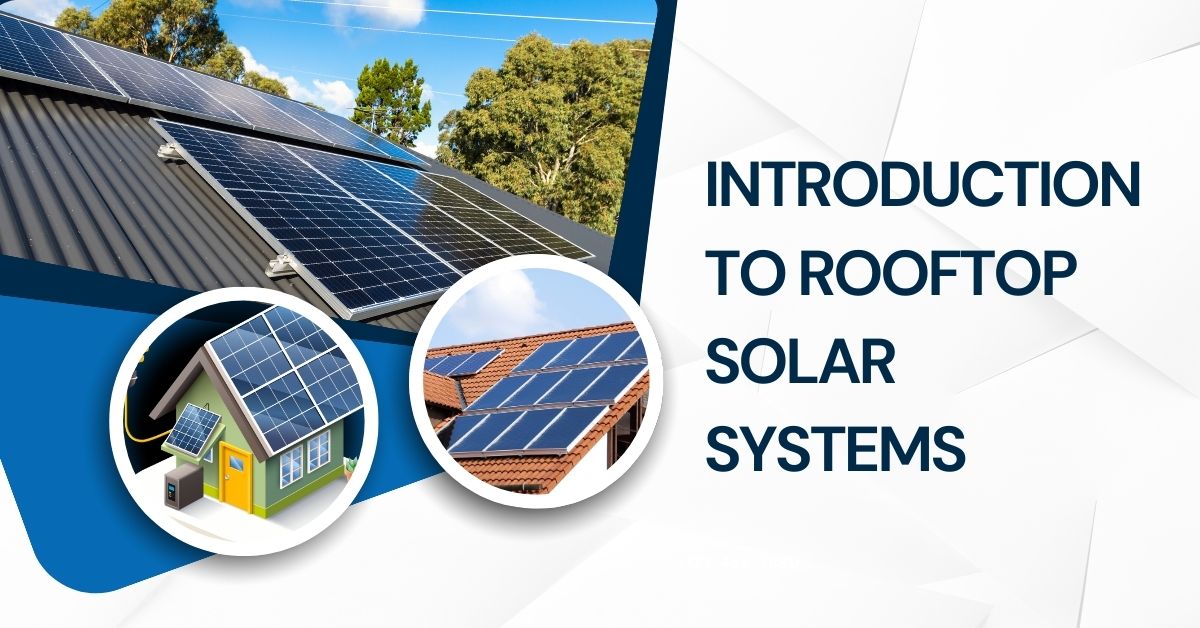
With advances in solar technology, the efficiency and performance of solar panels have greatly improved. As a result, installing a rooftop solar system is no longer just an environmental statement—it’s also a smart financial decision. In addition to reducing carbon footprints, many homeowners and businesses are drawn to solar energy because of the long-term savings potential and the possibility of earning back their initial investment through energy bill savings and government incentives.
The Initial Costs of Installing a Rooftop Solar System
One of the first concerns for anyone considering a rooftop solar installation is the upfront cost. The total price of a rooftop solar system varies based on several factors, including the size of the system, local labor costs, the quality of the solar panels, and any additional equipment needed (such as inverters or battery storage).
1. Cost of Solar Panels
The most visible component of any rooftop solar system is the solar panels themselves. Solar panels are generally sold on a per-watt basis, with the total cost of panels for a typical residential system ranging from $2.50 to $3.50 per watt. This means that for a system that generates 5 kilowatts (kW) of power—often considered the average size for residential homes—the cost of the panels alone would be between $12,500 and $17,500 before any incentives.
Different types of solar panels can impact the total cost as well. Monocrystalline panels, known for their high efficiency and sleek design, tend to be more expensive than polycrystalline panels. However, the increased efficiency of monocrystalline panels can lead to higher long-term savings, making them a worthwhile investment for some.
2. Inverter Costs
The inverter is an essential part of any rooftop solar system, as it converts the direct current (DC) generated by the solar panels into alternating current (AC), which is used by most home appliances. The cost of inverters can vary depending on whether you opt for a string inverter, micro-inverter, or power optimizer system.
- String inverters are generally the most cost-effective option and work well for simple rooftop systems with uniform sunlight exposure.
- Micro-inverters, while more expensive, offer better performance for homes where the roof receives uneven sunlight (due to shading or different roof angles).
- Power optimizers are another more advanced option that can enhance system performance, especially in challenging sunlight conditions.
A basic string inverter system might cost around $1,000 to $2,500, whereas micro-inverters and power optimizers could increase the cost to $3,000 to $6,000 for a typical residential system.
3. Installation Costs
Labor costs can vary significantly based on location, the complexity of the installation, and the local solar market. On average, installation costs can range from $3,000 to $8,000 for a residential rooftop system. This includes not only labor but also permits, inspections, and any required electrical work to integrate the solar system with your home’s existing wiring.
4. Additional Equipment
Some rooftop solar systems may require additional components such as:
- Mounting hardware: This is necessary to securely attach the solar panels to your roof. Costs can range from $500 to $2,000 depending on the complexity of the mounting system.
- Monitoring systems: Many solar companies offer systems that allow homeowners to track their energy production in real time. These systems can cost between $200 and $1,000 depending on the features and sophistication.
- Battery storage: If you want to store excess energy for use during cloudy days or power outages, a battery storage system like the Tesla Powerwall may be necessary. Battery systems typically cost between $5,000 and $10,000 but can provide additional energy security.
Government Incentives and Tax Credits
One of the major benefits of installing a rooftop solar system is the availability of government incentives that can significantly reduce the overall cost of the installation. These incentives are designed to encourage the adoption of clean energy and make solar power more affordable for homeowners and businesses.
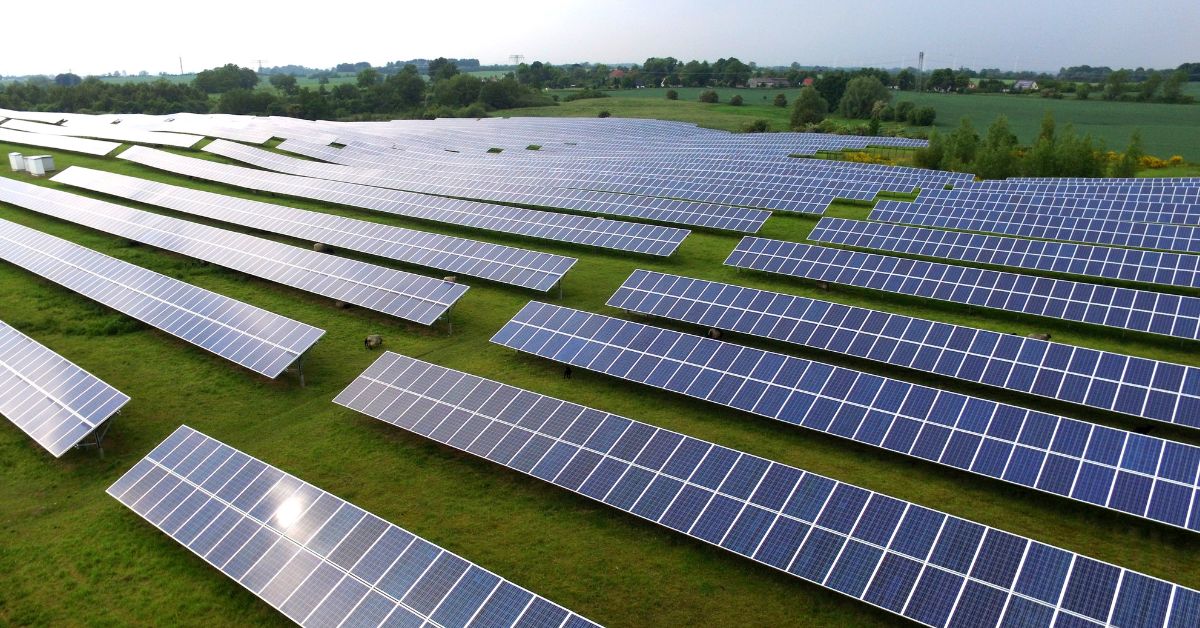
1. Federal Tax Credit (Investment Tax Credit or ITC)
In the United States, the Federal Investment Tax Credit (ITC) has been one of the most influential factors in making solar energy more affordable. Under the ITC, homeowners can deduct a percentage of their solar installation costs from their federal taxes. As of 2024, the ITC offers a 30% tax credit on the total cost of the solar system, including equipment and installation. For a system costing $20,000, this credit would amount to a $6,000 reduction in federal taxes.
It’s important to note that the ITC is set to step down gradually over the coming years unless extended by new legislation, so those considering solar should act sooner rather than later to take full advantage of this benefit.
2. State and Local Incentives
In addition to the federal tax credit, many states and municipalities offer incentives for rooftop solar installations. These can include state tax credits, cash rebates, property tax exemptions, and sales tax exemptions on solar equipment.
For example, California, which has one of the highest rates of solar adoption in the country, offers a variety of incentives to homeowners who install solar systems. Similarly, other states like New York, Massachusetts, and New Jersey offer financial incentives that can further reduce the cost of solar installations.
3. Solar Renewable Energy Certificates (SRECs)
Some states have markets for Solar Renewable Energy Certificates (SRECs), which allow homeowners to earn money by generating clean energy. For each megawatt-hour (MWh) of electricity generated by your solar system, you can earn one SREC, which can then be sold to utilities or other organizations that need to meet renewable energy quotas.
The value of SRECs varies by state, but they can be a significant source of income for homeowners with solar systems. In states like New Jersey, SRECs have sold for several hundred dollars each, providing a steady stream of income over the life of the solar system.
Estimating the Return on Investment (ROI)
When considering a rooftop solar system, it’s essential to evaluate the return on investment (ROI). The ROI is essentially a measure of how long it will take for the savings generated by the solar system to offset the initial installation cost.
1. Factors That Affect ROI
Several factors will influence the ROI of your rooftop solar system:
- Local electricity rates: The higher your electricity rates, the more you’ll save by generating your power, which can shorten the payback period.
- Solar panel efficiency: More efficient panels will generate more electricity, increasing your savings over time.
- Sunlight exposure: Homes in areas with abundant sunlight will see greater energy production, resulting in faster ROI.
- System size: Larger systems will generate more electricity and more savings, though they also have higher upfront costs.
- Incentives: Federal, state, and local incentives can drastically reduce the initial cost of your system, improving the ROI.
2. Payback Period
The payback period is the amount of time it takes for the savings generated by your solar system to equal the initial installation costs. For many homeowners, the payback period for a rooftop solar system is between 6 and 12 years. After the payback period, the energy produced by the solar system is essentially free, providing significant savings over the remaining lifespan of the system, which is typically 25 to 30 years.
For example, if a solar system costs $20,000 to install, and the homeowner saves $2,000 per year on electricity, the payback period would be 10 years. After this point, the homeowner would continue to save money on energy for another 15 to 20 years, resulting in substantial long-term savings.
3. Lifetime Savings
The total lifetime savings from a rooftop solar system can be considerable. Throughout 25 to 30 years, many homeowners can save tens of thousands of dollars on electricity bills. Even after accounting for maintenance and occasional equipment replacement (such as inverters), the financial benefits of solar far outweigh the initial investment in most cases.
In areas with high electricity rates and abundant sunlight, it’s not uncommon for homeowners to save $50,000 or more over the life of their solar system.
Net Metering and Additional Revenue Streams
Net metering is a system that allows solar panel owners to sell excess electricity back to the grid. This can further improve the ROI of your solar system by providing additional income or credits that reduce your electricity bills even further.
1. How Net Metering Works
When your solar system generates more electricity than your home needs, the excess energy is sent back to the grid, and your utility company credits you for this surplus. These credits can be applied to your future electricity usage, effectively lowering your bills even when your system isn’t producing electricity (such as during cloudy days or at night).
2. Net Metering Policies
Net metering policies vary by state and utility company. Some states offer 1-to-1 net metering, where every kilowatt-hour (kWh) of energy sent to the grid is credited at the full retail rate. Other states may offer reduced credits or limit the amount of energy that can be credited back to your account. It’s important to research your local net metering policies to understand how they will affect your overall savings.
Long-Term Considerations: Maintenance and Warranties
One of the advantages of rooftop solar systems is that they require very little maintenance. Solar panels have no moving parts, so they are less prone to wear and tear than other types of energy systems. However, there are a few maintenance and long-term considerations to keep in mind.
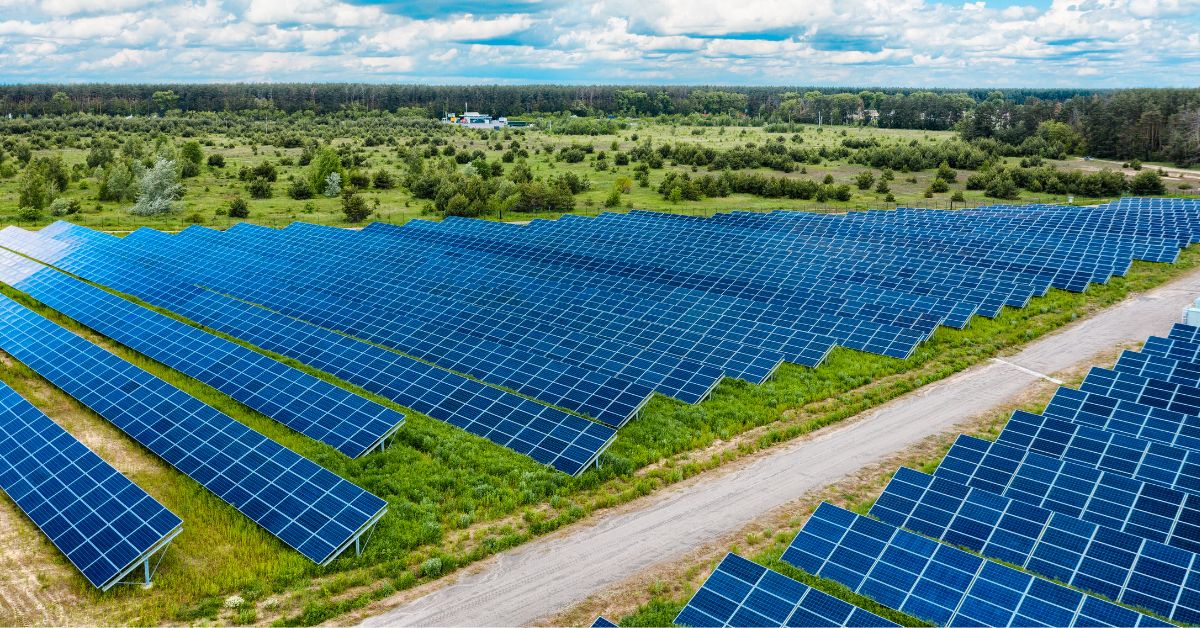
1. Panel Maintenance
Solar panels generally require minimal cleaning, but in some areas, dirt, dust, and debris can accumulate on the panels and reduce their efficiency. Occasional cleaning may be necessary to ensure optimal performance. In most cases, rain is sufficient to keep the panels clean, but homeowners in particularly dusty or dry areas may want to have their panels professionally cleaned every few years.
2. Inverter Replacement
Inverters typically have a shorter lifespan than solar panels and may need to be replaced once or twice during the life of the system. Most inverters come with warranties of 10 to 15 years, after which they may need to be replaced for $1,000 to $2,500, depending on the type and size of the system.
3. Warranties
Most solar panels come with two types of warranties: a performance warranty and an equipment warranty. The performance warranty guarantees that the panels will produce a certain percentage of their rated output for a specified period, usually 25 years. The equipment warranty covers any defects in materials or workmanship and typically lasts for 10 to 25 years.
FAQs About Cost and Return on Investment of Rooftop Solar Systems
Q1. What is the average cost of installing a rooftop solar system?
The cost varies by location, size of the system, and choice of equipment. Typically, a residential system costs between $10,000 and $30,000 before any incentives. However, federal and local incentives can significantly lower the initial cost.
Q2. How long does it take for a rooftop solar system to pay for itself?
Payback periods range from 6 to 12 years, depending on factors like energy consumption, local utility rates, system size, and available tax credits or rebates.
Q3. How much can I expect to save on my electricity bill with solar?
Solar can offset up to 100% of electricity costs, but savings depend on system size, local sunlight, and consumption patterns. Typical savings range from $600 to $2,000 per year for residential systems.
Q4. What is the expected lifespan of a rooftop solar system?
Most systems are designed to last 25–30 years. Panels may degrade slightly over time, but they continue generating power well past their warranty period with maintenance.
Q5. What maintenance costs are associated with rooftop solar?
Solar systems generally have low maintenance costs, often limited to occasional cleaning and inspection, which could be around $100 to $300 annually. Inverters may need replacement every 10–15 years.
Q6. Do rooftop solar systems increase property value?
Yes, homes with solar panels often sell for more. Studies show property values increase by 4–6% with a rooftop solar system, depending on the region and system size.
Q7. How does the federal solar tax credit impact ROI?
The Federal Investment Tax Credit (ITC) currently offers a 30% deduction on the cost of installing solar, making a significant impact on ROI by reducing the initial investment and shortening payback periods.
Q8. How does system size affect the ROI?
A larger system can provide higher returns by offsetting more electricity. However, it’s essential to match the system size to energy needs to avoid oversizing, which can reduce ROI due to higher upfront costs without equivalent savings.
Q9. Are there financing options, and how do they affect ROI?
Options include loans, leases, and power purchase agreements (PPAs). Loans may provide faster ROI as owners capture all incentives, while leases and PPAs offer smaller but immediate savings with little to no upfront cost.
Q10. What happens to my ROI if electricity rates go up?
Rising utility rates increase ROI as solar offsets more of the higher electricity costs, making solar more valuable over time and reducing the payback period.
Conclusion: Is Rooftop Solar Worth the Investment?
In most cases, installing a rooftop solar system is a sound financial investment. While the upfront costs can be significant, government incentives, net metering, and long-term energy savings often result in a positive return on investment within a relatively short period. After the payback period, homeowners and businesses can enjoy free electricity for decades, making rooftop solar systems not only environmentally beneficial but also economically advantageous.
For those in areas with high electricity rates and strong sunlight, the financial benefits of solar are even more pronounced. However, it’s essential to carefully evaluate your specific circumstances, including your home’s sunlight exposure, local incentives, and electricity costs, before deciding to go solar.
With the right conditions, a rooftop solar system can provide substantial savings, a positive environmental impact, and a reliable source of energy for many years to come.
Click here to learn more about Cost and Return on Investment of Rooftop Solar Systems
Click here to learn more about Trends and Opportunities of Solar Systems for Commercial Building
